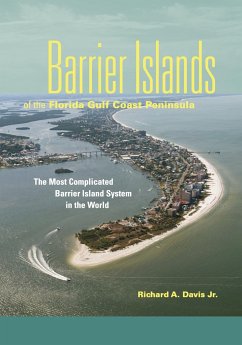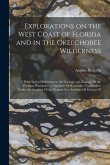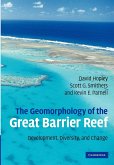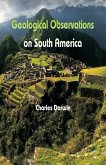With text and hundreds of figures, charts, drawings, and color photos, this book covers the long, narrow islands that run near and all along the Gulf coast of the Florida peninsula, considered by geologists to be the most complicated barrier island system in the world. These 30 islands and inlets create a barrier along the 200-mile coast, protecting the mainland and the coastal bays from storms and heavy waves. The land on these islands is among the most expensive acres of real estate on the planet, and most of the islands are now heavily developed and populated, though some natural areas remain. This book looks first at the geological aspects of this barrier-inlet system, which is very young in terms of the history of our planet, only about 3,000 years, appearing since the great glaciers melted and sea level reached near its present position. The great diversity in morphology of the system is amazing given the low wave energy and small tidal range of this coast. Hurricanes have had a significant impact on this coast although they are less frequent here than on most of the Gulf of Mexico. There are very few sand dunes on these flat, narrow islands. Each chapter focuses on two main factors: the type of barrier island and the level of human development on the island.
Bitte wählen Sie Ihr Anliegen aus.
Rechnungen
Retourenschein anfordern
Bestellstatus
Storno


![Report on a Traverse of the Northern Part of the Labrador Peninsula From Richmond Gulf to Ungava Bay [microform] Report on a Traverse of the Northern Part of the Labrador Peninsula From Richmond Gulf to Ungava Bay [microform]](https://bilder.buecher.de/produkte/66/66132/66132599m.jpg)
![Geology of the Coast and Islands Between the Strait of Georgia and Queen Charlotte Sound, B.C. [microform] Geology of the Coast and Islands Between the Strait of Georgia and Queen Charlotte Sound, B.C. [microform]](https://bilder.buecher.de/produkte/66/66190/66190357m.jpg)

![The Silurian Geology and Faunas of Ontario Peninsula, and Manitoulin and Adjacent Islands [microform] The Silurian Geology and Faunas of Ontario Peninsula, and Manitoulin and Adjacent Islands [microform]](https://bilder.buecher.de/produkte/65/65487/65487763m.jpg)


